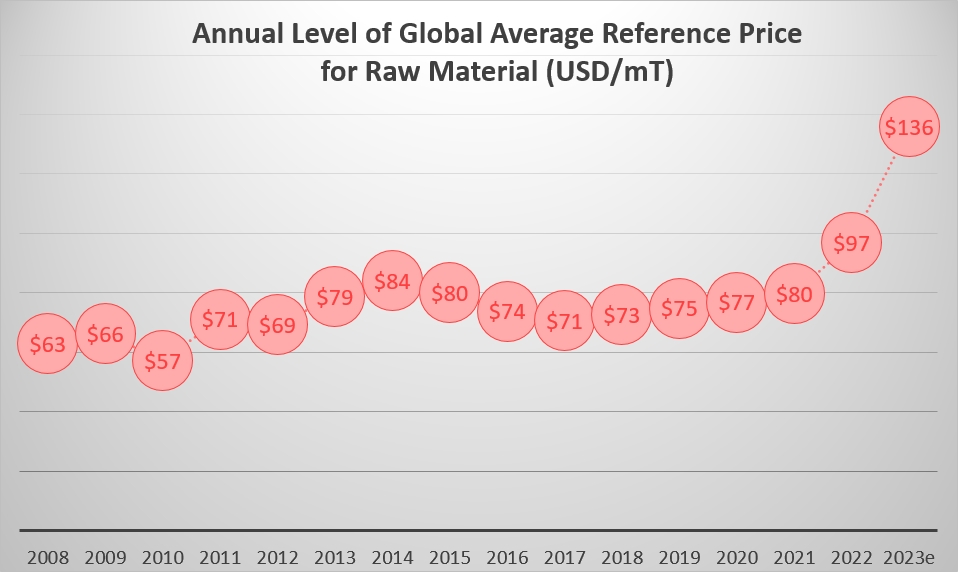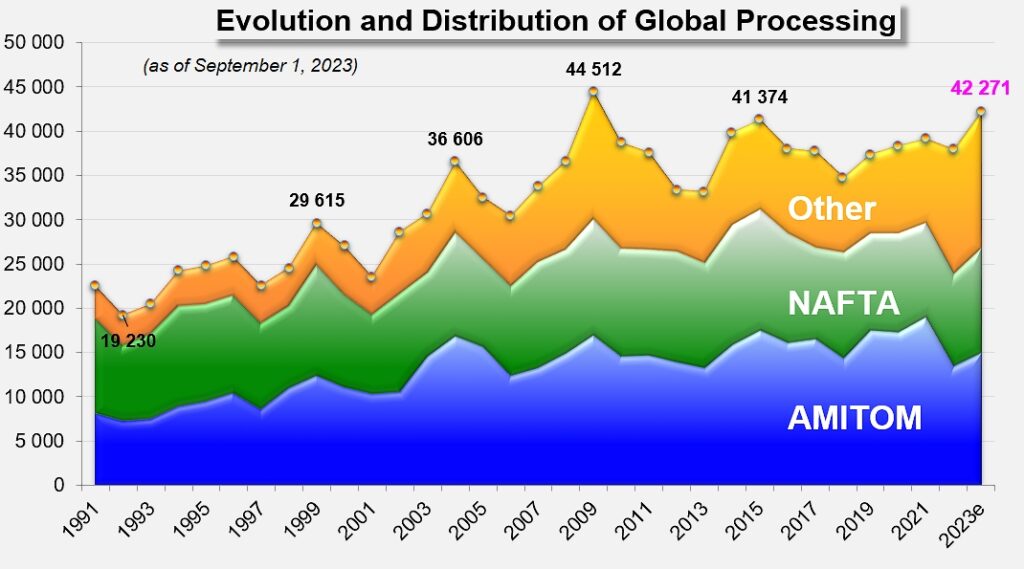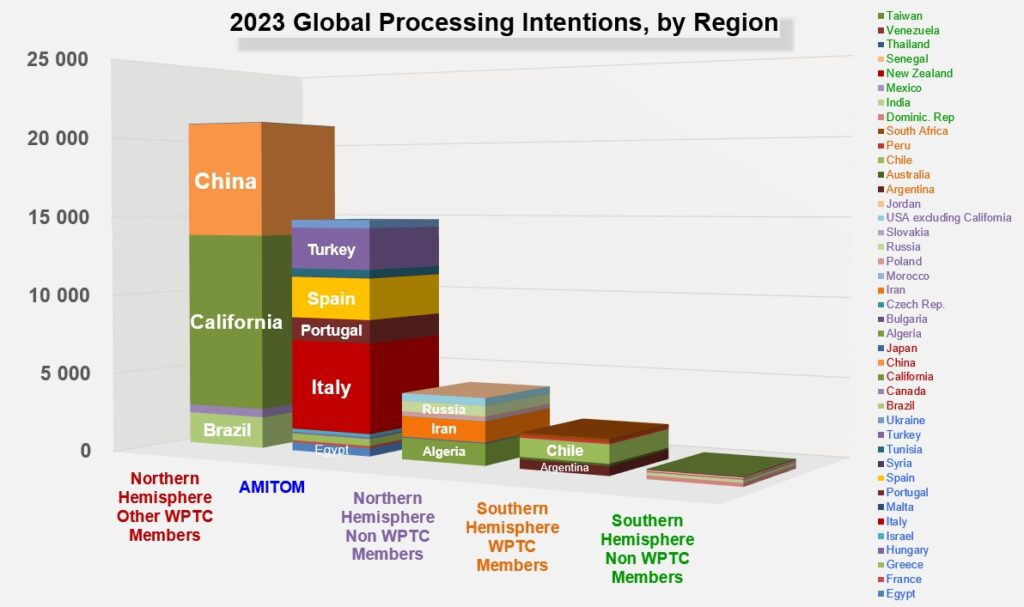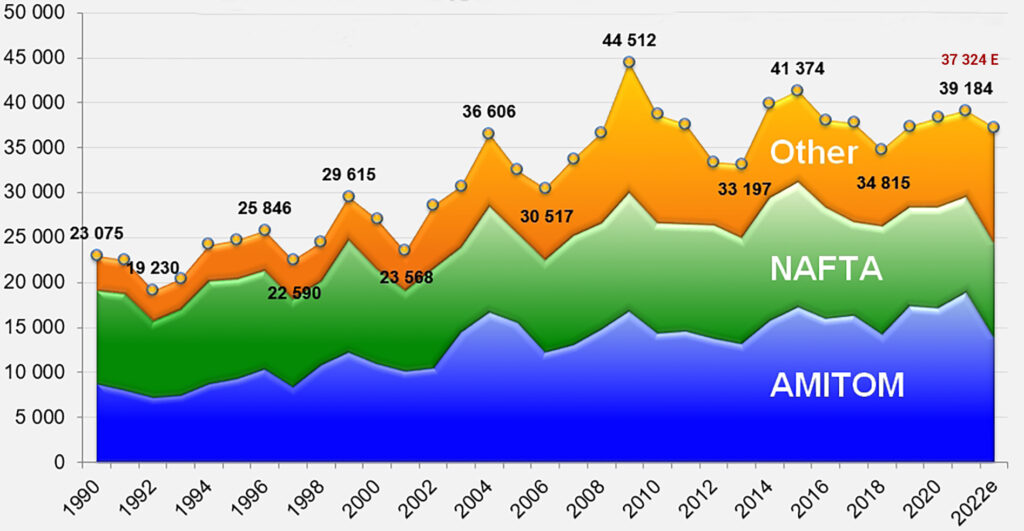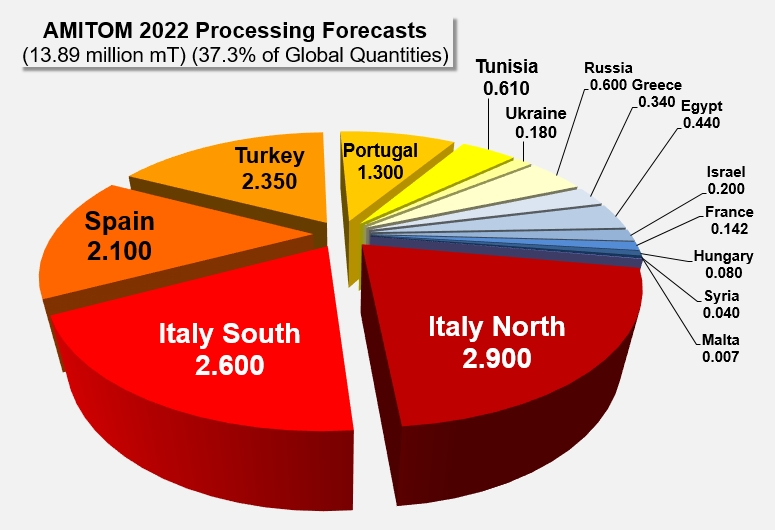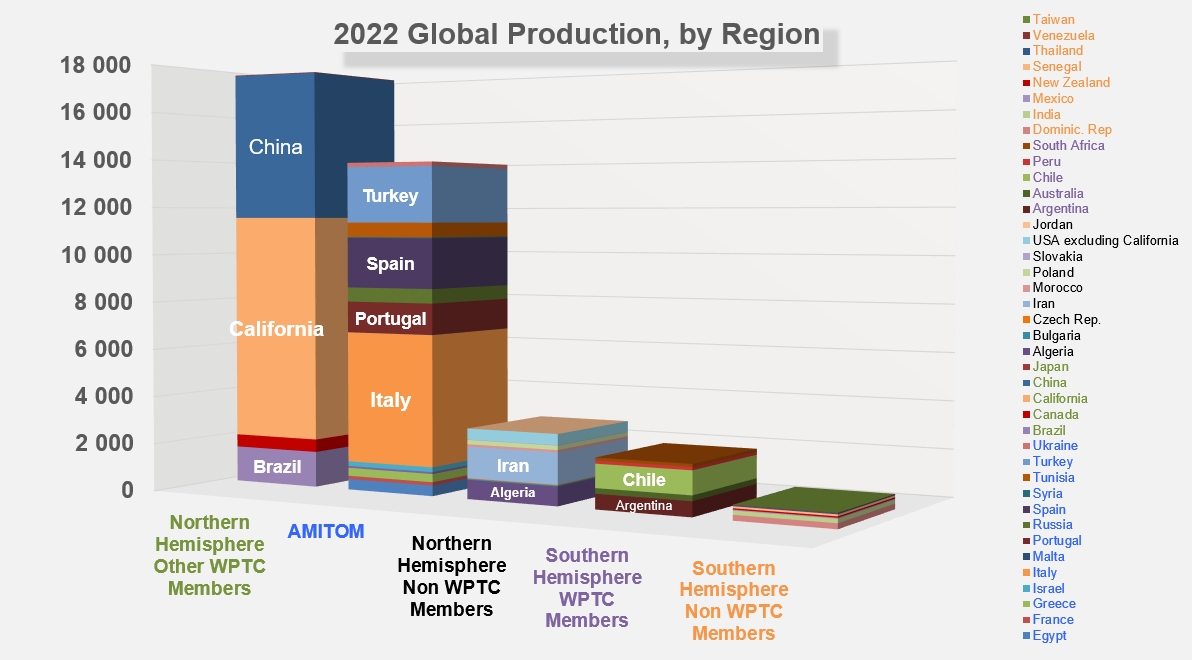2024 SEASON GLOBAL TOMATO CROP UPDATE
[fusion_builder_container type="flex" hundred_percent="yes" hundred_percent_height="no" hundred_percent_height_scroll="no" align_content="stretch" flex_align_items="flex-start" flex_justify_content="flex-start" hundred_percent_height_center_content="yes" equal_height_columns="no" container_tag="div" hide_on_mobile="small-visibility,medium-visibility,large-visibility" status="published" border_style="solid" box_shadow="no" box_shadow_blur="0" box_shadow_spread="0" gradient_start_position="0" gradient_end_position="100" gradient_type="linear" radial_direction="center center" linear_angle="180" background_position="center center" background_repeat="no-repeat" fade="no" background_parallax="none" enable_mobile="no" parallax_speed="0.3" background_blend_mode="none" video_aspect_ratio="16:9" video_loop="yes" video_mute="yes" absolute="off" absolute_devices="small,medium,large" sticky="off" sticky_devices="small-visibility,medium-visibility,large-visibility" sticky_transition_offset="0" scroll_offset="0" animation_direction="left" animation_speed="0.3" filter_hue="0" filter_saturation="100" filter_brightness="100" filter_contrast="100" filter_invert="0" filter_sepia="0" filter_opacity="100" filter_blur="0" filter_hue_hover="0" filter_saturation_hover="100" filter_brightness_hover="100" filter_contrast_hover="100" filter_invert_hover="0" filter_sepia_hover="0" filter_opacity_hover="100" filter_blur_hover="0" admin_toggled="no" background_image="https://staging-morningstarco.kinsta.cloud/wp-content/uploads/2024/09/Global-Map-with-Lights_Intl-Sept-2024-1024x360.jpg" padding_bottom="12%"][fusion_builder_row][fusion_builder_column type="1_1" layout="1_1" align_self="auto" content_layout="column" align_content="flex-start" content_wrap="wrap" spacing="" center_content="no" link="" target="_self" min_height="" hide_on_mobile="small-visibility,medium-visibility,large-visibility" sticky_display="normal,sticky" class="" id="" type_medium="" type_small="" order_medium="0" order_small="0" dimension_spacing_medium="" dimension_spacing_small="" dimension_spacing="" dimension_margin_medium="" dimension_margin_small="" margin_top="" margin_bottom="" padding_medium="" padding_small="" padding_top="" padding_right="" padding_bottom="" padding_left="" hover_type="none" border_sizes="" border_color="" border_style="solid" border_radius="" box_shadow="no" dimension_box_shadow="" box_shadow_blur="0" box_shadow_spread="0" box_shadow_color="" box_shadow_style="" background_type="single" gradient_start_color="" gradient_end_color="" gradient_start_position="0" gradient_end_position="100" gradient_type="linear" radial_direction="center center" linear_angle="180" background_color="" background_image="" background_image_id="" background_position="left top" background_repeat="no-repeat" background_blend_mode="none" animation_type="" animation_direction="left" animation_speed="0.3" animation_offset="" filter_type="regular" filter_hue="0" filter_saturation="100" filter_brightness="100" filter_contrast="100" filter_invert="0" filter_sepia="0" filter_opacity="100" filter_blur="0" filter_hue_hover="0" filter_saturation_hover="100" filter_brightness_hover="100" filter_contrast_hover="100" filter_invert_hover="0" filter_sepia_hover="0" filter_opacity_hover="100" filter_blur_hover="0" last="true" border_position="all" first="true" element_content="" type="1_1"][/fusion_builder_column][/fusion_builder_row][/fusion_builder_container][fusion_builder_container hundred_percent="no" hundred_percent_height="no" hundred_percent_height_scroll="no" hundred_percent_height_center_content="yes" equal_height_columns="no" hide_on_mobile="small-visibility,medium-visibility,large-visibility" status="published" border_style="solid" padding_right="0px" padding_left="0px" gradient_start_position="0" gradient_end_position="100" gradient_type="linear" radial_direction="center center" linear_angle="180" background_position="center center" background_repeat="no-repeat" fade="no" background_parallax="none" enable_mobile="no" parallax_speed="0.3" background_blend_mode="none" video_aspect_ratio="16:9" video_loop="yes" video_mute="yes" filter_hue="0" filter_saturation="100" filter_brightness="100" filter_contrast="100" filter_invert="0" filter_sepia="0" filter_opacity="100" filter_blur="0" filter_hue_hover="0" filter_saturation_hover="100" filter_brightness_hover="100" filter_contrast_hover="100" filter_invert_hover="0" filter_sepia_hover="0" filter_opacity_hover="100" filter_blur_hover="0" type="flex"][fusion_builder_row][fusion_builder_column type="1_1" layout="1_1" background_position="left top" background_color="" border_color="" border_style="solid" border_position="all" spacing="yes" background_image="" background_repeat="no-repeat" padding_top="" padding_right="" padding_bottom="" padding_left="" margin_top="0px" margin_bottom="0px" class="" id="" animation_type="" animation_speed="0.3" animation_direction="left" hide_on_mobile="small-visibility,medium-visibility,large-visibility" center_content="no" last="true" min_height="" hover_type="none" link="" first="true" border_sizes_top="" border_sizes_bottom="" border_sizes_left="" border_sizes_right="" type="1_1"][fusion_text columns="" column_min_width="" column_spacing="" rule_style="default" rule_size="" rule_color="" hide_on_mobile="small-visibility,medium-visibility,large-visibility" class="" id="" animation_type="" animation_direction="left" animation_speed="0.3" animation_offset=""]
Global Production Estimates Stable Amid Heat Waves
On September 6, the World Processing Tomato Council (WPTC) released an update on expected volumes throughout the world. In June, the WPTC reported global production to be a record 52.1 million short tons and have since slightly revised this number to 50.9 million short tons. This reduction is largely driven by Iran, which decreased their estimate by approximately 35% from 2.1 million tons to 1.55 million tons due to very high temperatures in the southern part of the country. Some temperatures have reportedly reached 113 degrees Fahrenheit, which has impacted yield and quality. Last year, Iran processed 2.2 million short tons of tomatoes, which made up 4.5% of total world production and they were the sixth highest producing country.
Iran decreasing estimates due to excessive heat is a trend that will likely continue throughout the world, as other major producing countries—California (USA), China, Spain, Turkey, and Portugal—have all reported similar prolonged heat waves. Spain, Turkey, and Portugal have not revised their estimates and are still projected to process that same volumes that were reported in June. The USDA NASS released an updated 2024 Processing Tomato Production report on August 29th, where they dropped California’s forecasted tons by 1.8% from 11.5 million short tons to 11.3 million short tons. Of course, this drop in forecasted California production is not very significant and the industry will be watching closely if California or any other major producing countries drop their forecasted tonnage by anymore.
The story of the year has been China’s forecasted increase in production for the 2024 season. In 2022, China processed 6.8 million short tons of tomatoes and increased this to 8.8 million short tons in 2023. In February, China reported increasing production to 12.1 million short tons, but have since revised production estimates to 11.5 million short tons or a 5% decrease from their February projection. Still, this is a projected 69% increase in production from 2022 levels. In our next Newsletter, we will follow up in more detail regarding 2024 world tomato production.
###
[/fusion_text][/fusion_builder_column][/fusion_builder_row][/fusion_builder_container][fusion_builder_container hundred_percent="no" hundred_percent_height="no" hundred_percent_height_scroll="no" hundred_percent_height_center_content="yes" equal_height_columns="no" hide_on_mobile="small-visibility,medium-visibility,large-visibility" status="published" border_style="solid" padding_right="0px" padding_bottom="50px" padding_left="0px" gradient_start_position="0" gradient_end_position="100" gradient_type="linear" radial_direction="center center" linear_angle="180" background_position="center center" background_repeat="no-repeat" fade="no" background_parallax="none" enable_mobile="no" parallax_speed="0.3" background_blend_mode="none" video_aspect_ratio="16:9" video_loop="yes" video_mute="yes" filter_hue="0" filter_saturation="100" filter_brightness="100" filter_contrast="100" filter_invert="0" filter_sepia="0" filter_opacity="100" filter_blur="0" filter_hue_hover="0" filter_saturation_hover="100" filter_brightness_hover="100" filter_contrast_hover="100" filter_invert_hover="0" filter_sepia_hover="0" filter_opacity_hover="100" filter_blur_hover="0" type="flex"][fusion_builder_row][fusion_global id="3415"][/fusion_builder_row][/fusion_builder_container]


